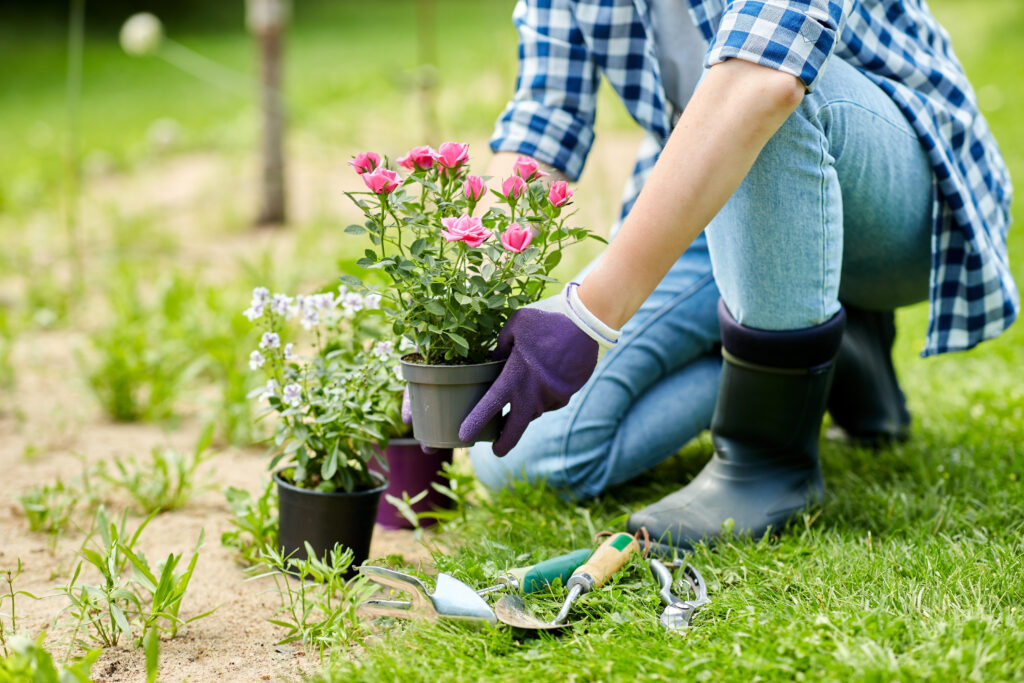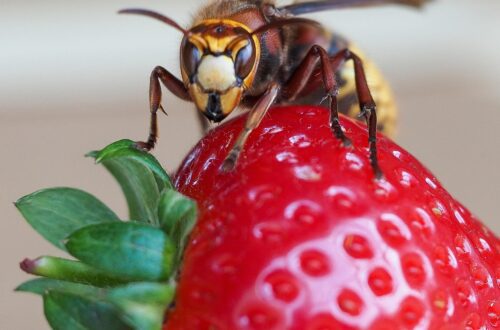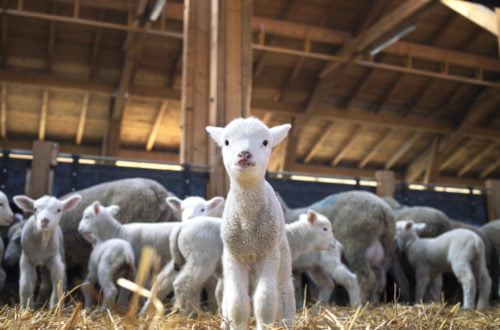Unlock Nature’s Secrets: Companion Planting for a Healthy, Pest-Free Yard
Is your garden calling for a little extra love without the need for harsh chemicals or pesticides? Discover the magic of companion planting, a natural solution that’s as friendly to your garden as it is to the planet! By thoughtfully pairing certain plants together, you open the door to a garden that not only fights off pests naturally but also flourishes in health and harmony. Throughout this guide, we’ll walk you through the fundamentals of companion planting, share some tried-and-true plant pairings, and sprinkle in some seasonal advice to ensure your garden thrives using this sustainable gardening magic.

Basics of Companion Planting
First and foremost, let’s talk about the benefits of companion planting in terms of pest deterrence. By grouping certain plants together, you can create a natural pest deterrent system that will keep unwanted insects away from your garden. This means less need for harmful chemicals or pesticides that can harm both your plants and the environment.
So why does companion planting work so well against pests? It all comes down to plant characteristics and scents. Some plants naturally repel specific insects with their strong smells or chemical compounds, acting as natural insect repellents for nearby crops. Conversely, some plants attract beneficial insects that feed on pests, providing a natural form of pest control. What plant pairings you choose will depend on what effect you ultimately want to have in your garden.
Common Combinations for Companion Planting
Are you curious now about what you can achieve through the magic of companion planting in your garden? Well here are several classic examples of plant pairs to give you an idea of what’s possible through companion planting and what you might want for your particular garden.
Basil and Tomatoes
Tomatoes and basil are not just a fabulous pairing on your dinner plate, they actually provide many benefits for each other when planted together. Not only can basil enhance the flavor of nearby tomatoes, but it helps to improve the soil around tomato plants, making it richer and more conducive to tomato growth. Plus, if you’re a fan of organic gardening, this pairing minimizes the need for harmful pesticides, keeping your garden both productive and eco-friendly. Now imagine at harvest time plucking a ripe, juicy tomato from your garden and grabbing a handful of fresh basil leaves to make the perfect Caprese salad—truly, it’s nature’s match made in heaven.
Marigolds and Vegetables
Marigolds have been proven to be very effective in repelling nematodes, which are microscopic worms that can damage plant roots. They release a natural chemical from their roots that repels nematodes in the soil, acting as a natural pest control method for themselves and any vegetables they’re planted next to. As well, marigolds have proven to be a form of very effective natural squirrel removal. Their strong scent is unpleasant for the furry invaders, making them less likely to invade areas where these flowers are abundant. And if all that wasn’t enough, marigolds add a brilliant pop of color to your garden when they bloom!
Chives and Carrots
With their strong, unmistakable scent, chives act as a natural deterrent for carrot flies, those pesky insects that can wreak havoc on your carrot crop. But how do you implement this strategy effectively? Simply intersperse your carrot seeds with chives throughout your garden bed. This not only maximizes space but ensures that the protective shield of chives covers every potential entry point for carrot flies. And when it comes to harvest time, you’ll not only enjoy plump, healthy carrots free from pests but also have the added delight of fresh chives.
Garlic and Roses
In addition to being a fantastic companion for roses, garlic brings more than just pest deterrence to the table. Rich in sulfur, garlic also plays a role in preventing fungal diseases, contributing to a healthier, more resilient garden. Plus, the process is quite simple – just nestle a few garlic cloves into the soil around your roses in early spring, and you’ll see the benefits as both your garlic and roses flourish together. It’s a natural, eco-friendly solution that keeps your garden looking beautiful without resorting to harsh chemicals.
Sunflowers and Pumpkins
The towering grace of sunflowers not only provides much-needed shade for tender pumpkin vines during scorching summer days, but their bright, cheerful blooms are a magnet for an array of beneficial pollinators. As bees and butterflies flutter from flower to flower, they significantly increase the chances of successful pumpkin pollination. This symbiotic relationship ensures a bountiful harvest of pumpkins, perfect for autumnal decorations or delicious pies. Furthermore, as sunflowers reach toward the sky, their sturdy stalks can serve an unconventional yet effective role as natural trellises for pumpkin vines. This clever gardening strategy not only saves space but also protects pumpkin leaves from damp soil, reducing the risk of fungal diseases.
Final Thoughts on Companion Planting
By harnessing the power of nature’s synergies through companion planting, you can transform your yard into a vibrant oasis teeming with life while keeping pesky garden pests at bay in a natural and humane way. Embrace the beauty and functionality of companion planting to create a healthy, pest-free environment that nurtures both your plants and the ecosystem as a whole.






